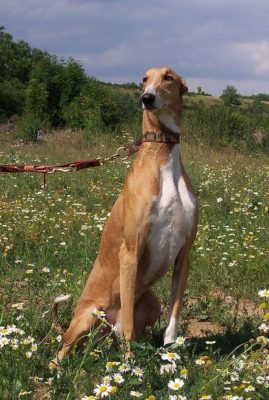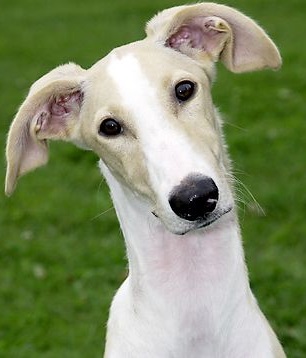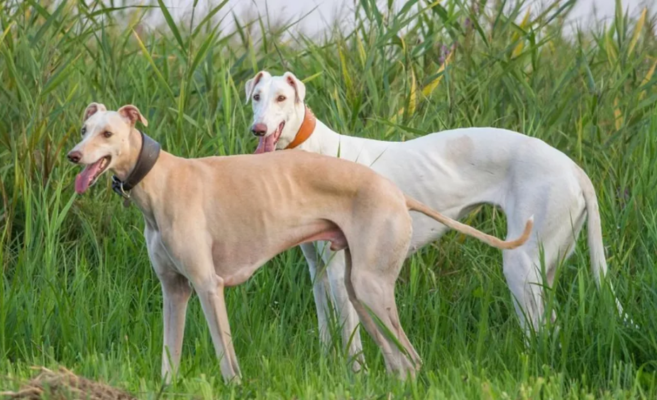Polish Greyhound
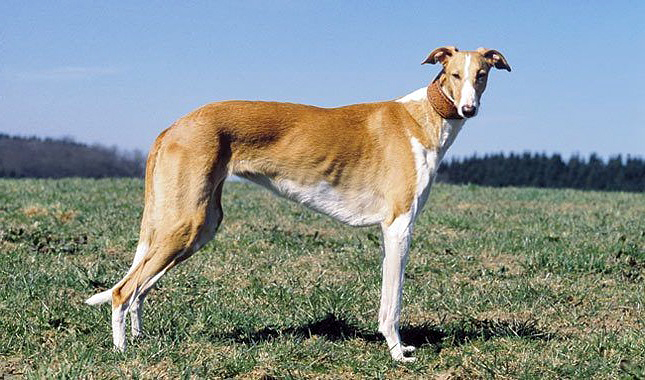
By character, the Polish Greyhound is intelligent, reserved, and well-behaved, but only with good training. Socialization is important from the very childhood of the dog because, in adulthood, it can be timid. The Polish Greyhound loves to bathe in the attention of his family. The dog behaves calmly with the family’s younger members but still does not like active games with children. The Polish Greyhound comes into contact with all people, although initially, the dog may be cold to strangers.
Table of Contents
Breed Information
| Another Name | Polish Sighthound, Chart Polski (Polish), Polnischer Windhund (German) |
| Origin | Poland |
| Height | Males 70-80 cm Females 68-75 cm |
| Weight | Males 40 kg Females 31 kg |
| Fur | Short |
| Color | All colors are acceptable |
| Lifespan | 11-13 years |
| FCI Classification | Sighthounds |
| Group | Hunting dogs |
| Price | $1000 |
Breed Photos
Origin History
The history of the Polish Greyhound breed’s origin is contradictory. Cynologists have long debated who is the ancestor of the modern Polish Borzoi. Some researchers suggest that the Polish Greyhound descended from the Asian Borzoi. Others believe that the Russian Greyhound breed was a relative of the Polish Borzoi. It was claimed by the Russian zoologist Leonid Sabaniezhev. However, this is impossible because the hound greyhounds were first mentioned in Tsar Ivan the Terrible reign in the sixteenth century. Polish Greyhound is mentioned in the XIII century’s chronicles three centuries earlier than the hound.
In 1823, a magazine was published in Warsaw describing the differences between the Polish, Scottish, and Turkish Greyhound. At that time, the dog was bred for hunting wolves, deer, hares, and foxes. The Polish Greyhound was originally a favorite of the royal family and the aristocracy. The common people could not own these dogs until after World War II. Many dogs, including Polish greyhounds, became homeless, and peasants picked them up and sheltered them. The fate decided otherwise – in 1946, the Polish government issued a decree banning hunting with greyhounds. The dogs could no longer perform their main hunting function and were no longer needed.
The cynologist Stanislav Czerniakowski came to the rescue of the Polish Greyhound as a species in 1970. To renew the breed, he used the blood of the remaining Polish Borzoi and Russian Hortoi Borzoi. The International Cynology Association recognized the Polish Greyhound only in 1989.
Appearance
The Polish Greyhound is the least graceful representative of the greyhound. Judging by the dog’s massive skeleton, one can get the impression that the dog is heavy and massive. It is not entirely true because the purpose of the Polish Greyhound is to chase prey. Strong muscular limbs, especially hindquarters, allow the dog to develop great speed. The back is straight, and the abdomen is taut. The chest is massive, accommodating large lungs and hearts. The Polish Greyhound’s coat is stiff, and the skin is thick – this helps to avoid injuries in the hunt.
The dog’s head is elongated, wedge-shaped. Powerful jaws will hammer even large prey. Expressive eyes are almond-shaped, mostly dark in color. The ears are drooping, pulled back. The entire physique of the dog shows that it can withstand the harsh conditions of the Polish climate.
Character
By character, the Polish Greyhound is intelligent, reserved, and well-behaved, but only with good training. Socialization is important from the very childhood of the dog because, in adulthood, it can be timid. The Polish Greyhound loves to bathe in the attention of his family. The dog behaves calmly with the family’s younger members but still does not like active games with children. The Polish Greyhound comes into contact with all people, although initially, the dog may be cold to strangers. To other pets, the Polish Greyhound is indifferent if, of course, they coexist since childhood. In the hunt, they show all their power: endurance, fearlessness, fast. It will be an excellent companion, a faithful, understanding friend. The Polish Greyhound has a territorial instinct to be used as a hunting dog and as a guard dog.
Care
The Polish Greyhound is usually not fussy about grooming. As a rule, he needs to be brushed weekly so that dead hairs don’t float in the air. It is also important because dog hairs can stay on your hands and clothes. You need to check your dog’s ears every week. Nail clipping should become part of the household routine, so you need to get your dog used to it early. The best option for keeping a Polish Greyhound would be a private home. The dog needs space to run around in plenty. The fence of the house must be high. Polish greyhound has a hunting temperament, and you never know if it will chase the neighbor’s cat at an opportunity.
Training
The Polish Greyhound is often stubborn when it comes to training. It is not a breed of dog that will try to please its owner. It won’t take you much effort to teach the Polish Greyhound to hunt – your instincts will do everything for you. It takes a lot of enthusiasm on the part of the owner for the pet to learn basic commands. Encourage your pet with affectionate words and treats during training. The Polish Greyhound is a high-energy dog; it will not suit a family that does not lead an active lifestyle. The Polish greyhound will never refuse to do sports; it will be an excellent partner in running.
Common Diseases
The Polish Greyhound has adapted to the cold Polish climate and is in good health. There are many diseases to which the dog is prone, viz:
- cancer;
- hip dysplasia;
- dysplasia of the elbow joint;
- dislocation of the kneecap;
- demodicosis.
Nutrition
To keep your Polish Greyhound fed at all times, you do not need to buy any special food. But still, the dog’s diet should be high-calorie and contain a lot of animal protein. Meat of chicken, beef is suitable for the diet. Bones can be given, but only large ones (not chicken!).
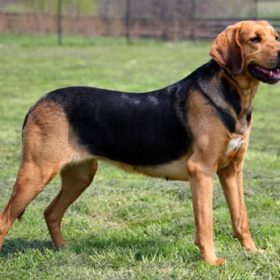 Polish Hound
Polish Hound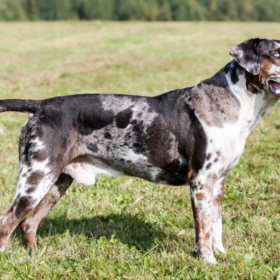 Catahoula Leopard Dog
Catahoula Leopard Dog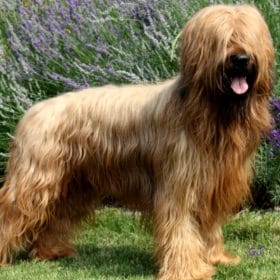 Briard
Briard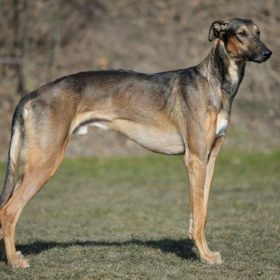 Chortai
Chortai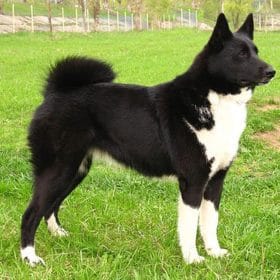 Russo-European Laika
Russo-European Laika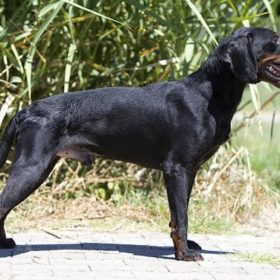 Montenegrin Mountain Hound
Montenegrin Mountain Hound